Common Orthodontic Bite Problems and How Treatment Can Help
Orthodontic issues are incredibly common—our teeth are rarely naturally perfect! A malocclusion, or “bad bite,” can impact chewing, oral hygiene, speech, and overall appearance. These issues may be genetic or develop due to habits like thumb sucking, poor dental hygiene, dental disease, accidents, birth defects, or other medical conditions.
Left untreated, misaligned teeth can lead to jaw discomfort, uneven tooth wear, and difficulties maintaining proper oral hygiene. Addressing these concerns not only enhances dental function but also contributes to better long-term oral health and self-confidence.
Understanding the specific orthodontic problem you or your child may have is the first step toward achieving a healthier, more functional smile. With expert treatment from Dr. Maryam Mojdehi-Barnes, you can improve both the alignment of your bite and the appearance of your smile.
Below are some of the most common orthodontic problems:
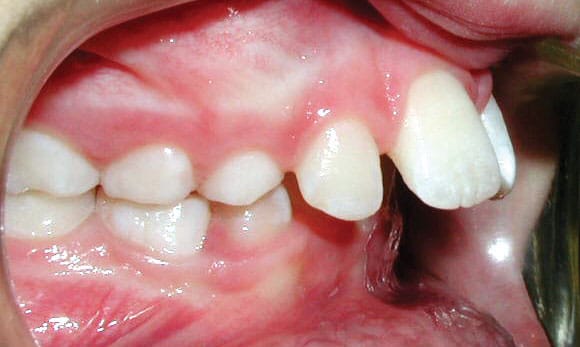
Upper Front Teeth Protrusion (Overjet)
This condition affects both the appearance and function of the teeth. It occurs when the upper teeth extend too far forward, or the lower teeth do not extend far enough forward. This misalignment can make the front teeth more susceptible to injury and affect how the lips close.
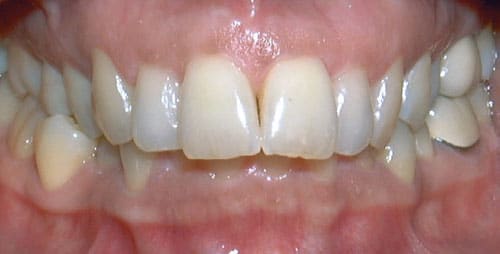
Overbite
An overbite happens when the upper front teeth extend too far over the lower front teeth. In more severe cases, the lower teeth may bite into the roof of the mouth, causing discomfort and potential damage. Without treatment, an overbite can also contribute to jaw pain and excessive tooth wear over time.
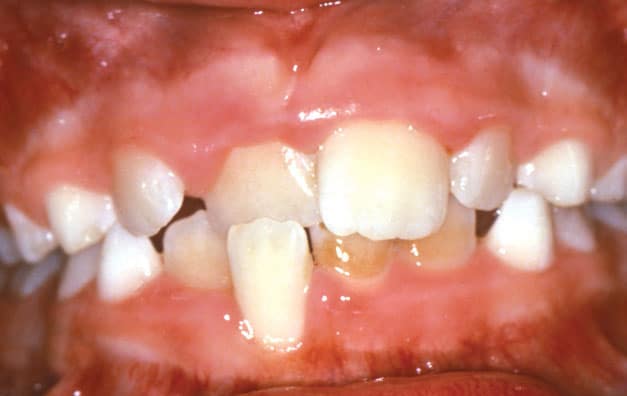
Crossbite
A crossbite occurs when the upper teeth sit inside the lower teeth, which can lead to misaligned jaw growth over time. If left untreated, a crossbite may cause asymmetrical facial development and uneven tooth wear.
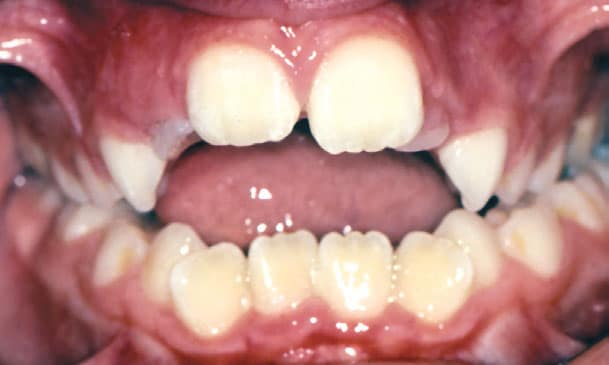
Open bite
In this condition, the upper and lower front teeth do not overlap, making proper chewing difficult. An open bite is often associated with a forward tongue posture (tongue thrusting) and other unwanted oral habits. This type of misalignment can also contribute to speech difficulties and excessive strain on the back teeth.
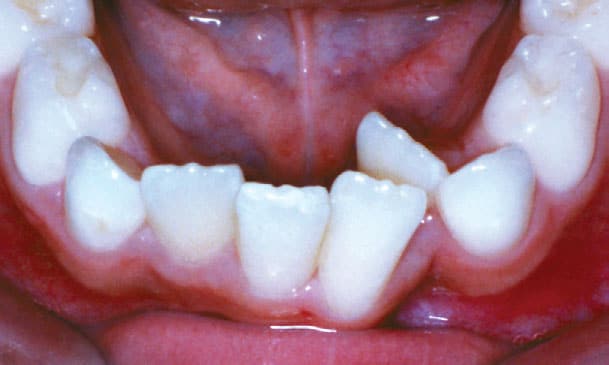
Crowding
Crowding happens when the teeth do not have enough space to erupt properly. Many cases of crowding can be corrected through expansion, often without the need for tooth extractions. Proper treatment can also make brushing and flossing easier, reducing the risk of cavities and gum disease.
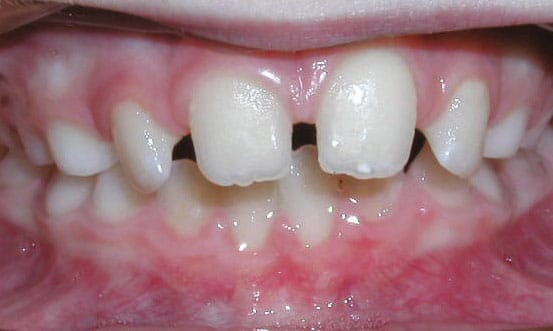
Spacing
Gaps between teeth can be caused by missing teeth or maybe simply an aesthetic concern. Orthodontic treatment can help close gaps and create a more uniform, balanced smile. Addressing spacing issues can also prevent food from getting trapped, reducing the risk of decay and gum problems.
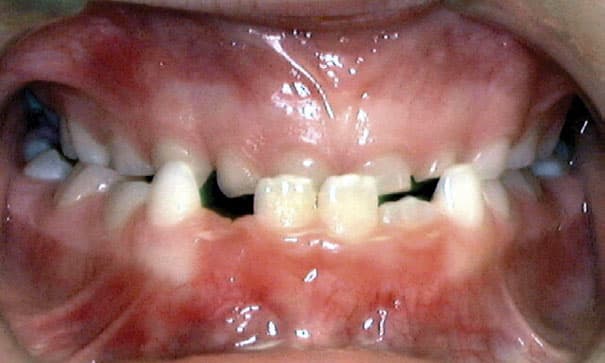
Underbite
An underbite occurs when the lower jaw extends out, causing the lower front teeth to sit in front of the upper front teeth. This misalignment can affect chewing function and facial balance. If left untreated, an underbite may also lead to speech issues and increased stress on the jaw joints.